VW T-Cross Review: Roomy, Refined And Surprisingly Fun

Pros
- Strong, eager powertrain on top versionsBig car levels of refinement and quality in a little car
Cons
- Facelift has made the interior actively less intuitiveDoesn’t exactly major on style
If you can rattle off Volkswagen’s baffling European range of crossovers and SUVs without hesitating, then congratulations: you’re a bigger nerd than me. Or at least as big. Smallest to biggest, it goes T-Cross, T-Roc, Tiguan, Touareg. Oh wait, there’s the Taigo, too – that’s pretty much a T-Cross with a silly ‘coupe’ body. And that’s just the combustion stuff – there’s also the electric ID.4 and ID.5. That’s all before you consider markets like Brazil and China, where there’s all manner of region-specific models, too.
Basically, it’s all a bit complicated, but this car – the T-Cross – isn’t. It’s the smallest crossover VW makes, and in many ways it’s just a Polo on stilts (fun fact, there was nearly an even smaller, Up-based crossover called the Taigun, which never made production. The T-Cross, though, is called the Taigun in certain markets. Still with us?).
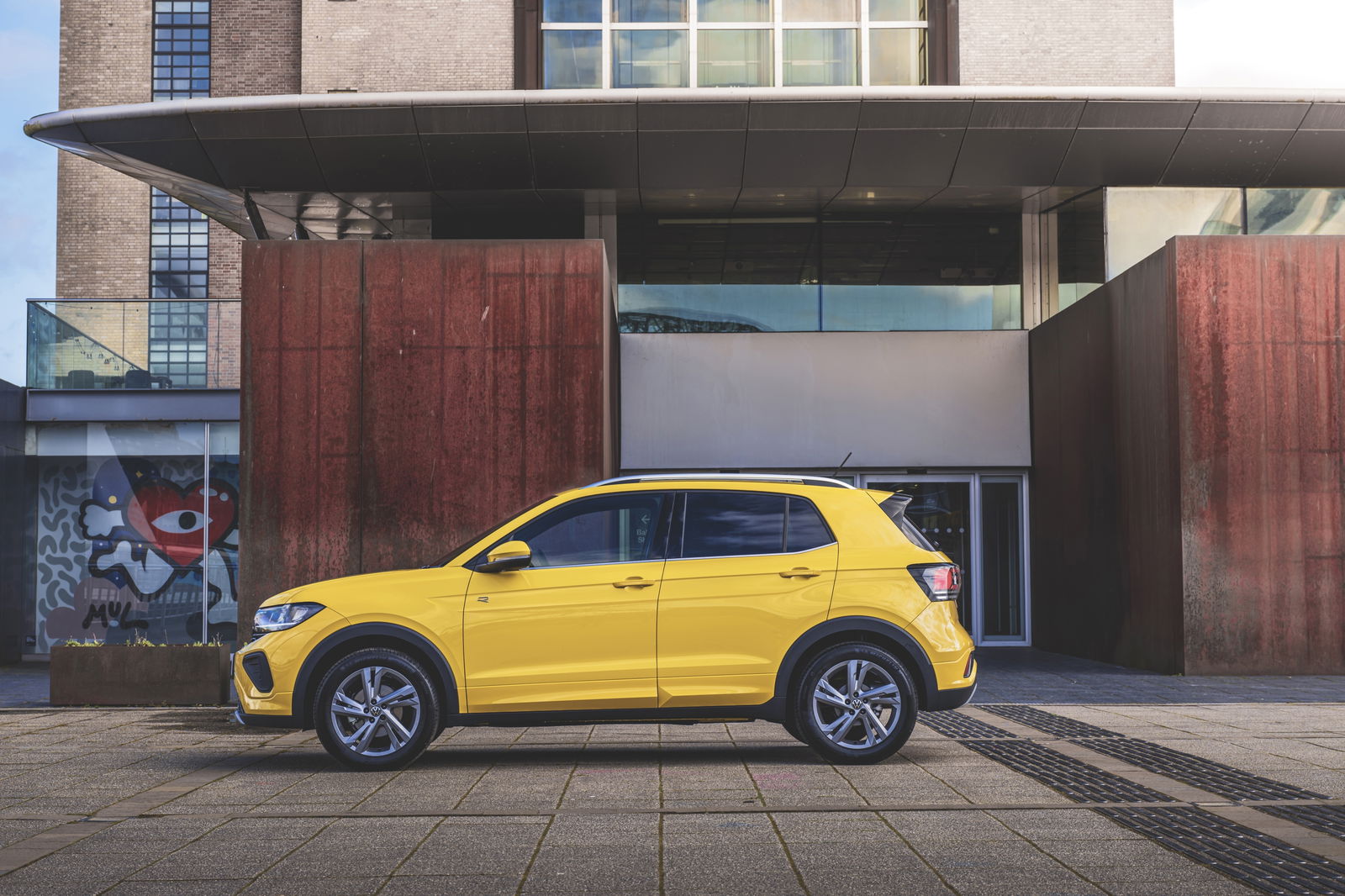
The T-Cross was introduced in 2019, and has just been given a light facelift. Quite literally, in fact – the lights are about the only thing that have been tweaked on the outside, although things have been refreshed a bit more inside. The other big change is the addition of a new bright yellow colour. VW let its fans name this shade in a public vote – because that sort of thing always goes really well – which is how it ended up being called Rubber Ducky Yellow.
By 2024 standards, this is a refreshingly basic car. It was a pleasant surprise to be handed the tactile joy that is an old-school VW flippy key, which you have to put in a slot behind the steering wheel and turn to start the car. Could catch on, that.
The interior is a mix of VW’s old, deeply sensible way of laying out an interior and its new, slightly slapdash approach. For instance, you have – get this – a couple of actual dials for the infotainment. Even the humble T-Cross, though, isn’t safe from VW’s vicious physical control purge: where the pre-facelift car had proper dials for the heating and air-con temperature, the new version gets nasty little capacitive surfaces offering zero feedback.
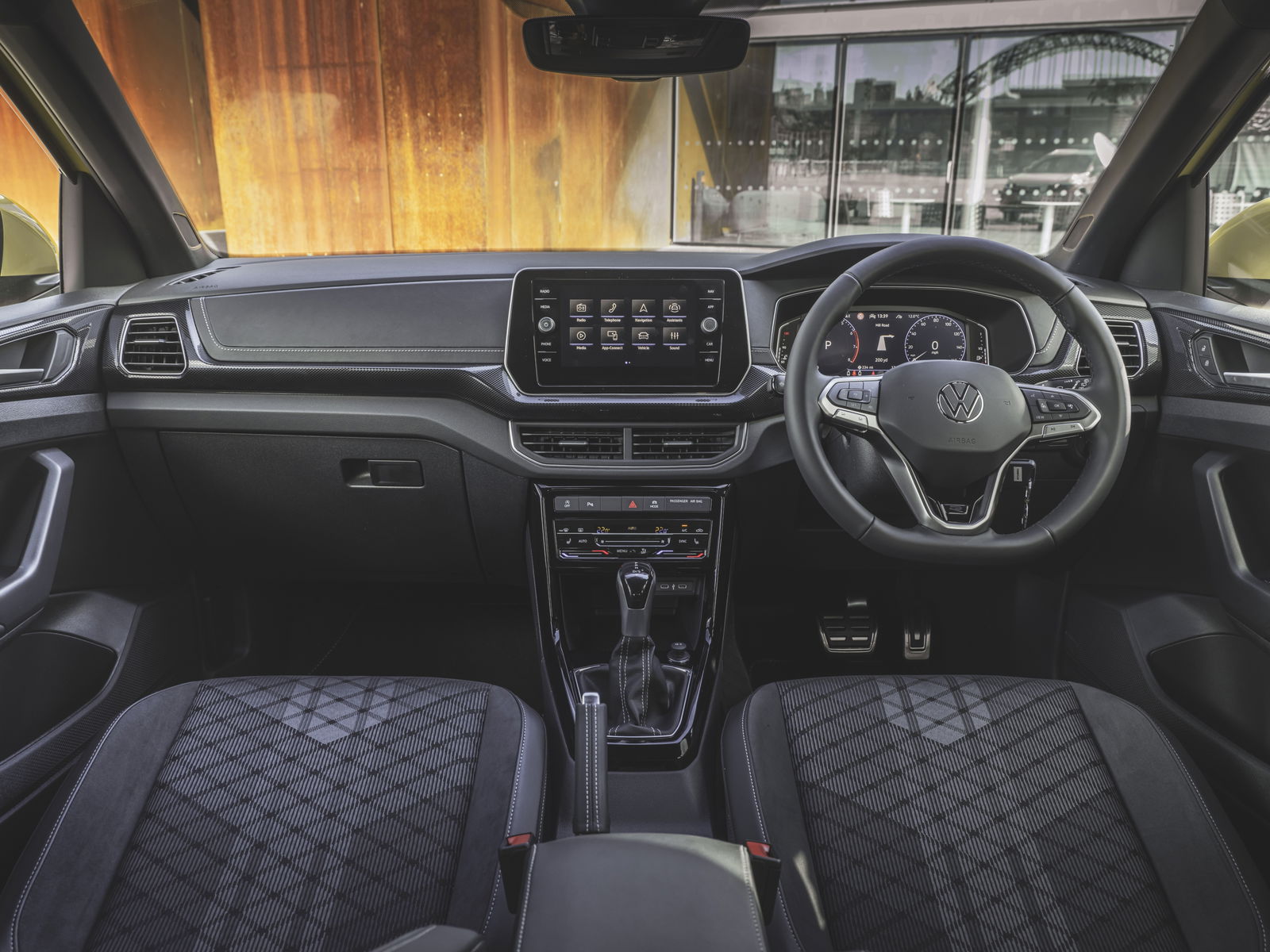
The other big interior change is a digital instrument cluster, standard across the range. It does its job just fine, although there was nothing wrong with the old analogue clocks. There’s also a new, larger screen, and generally, it’s as you’d expect from a little VW in here – that is, it punches above its weight in terms of quality and finish.
In Britain, the T-Cross is petrol-only. You can choose between VW’s thrummy little 1.0-litre turbocharged three-pot in 93bhp or 113bhp form, or the car tested here, which has a 1.5-litre turbo four making 148bhp. While three-cylinder cars get standard manual gearboxes, the only choice with this engine is a seven-speed DSG.
This setup will take the T-Cross to 62mph in 8.1 seconds, while top speed is 124mph. MPG, meanwhile, is quoted at 47.1.
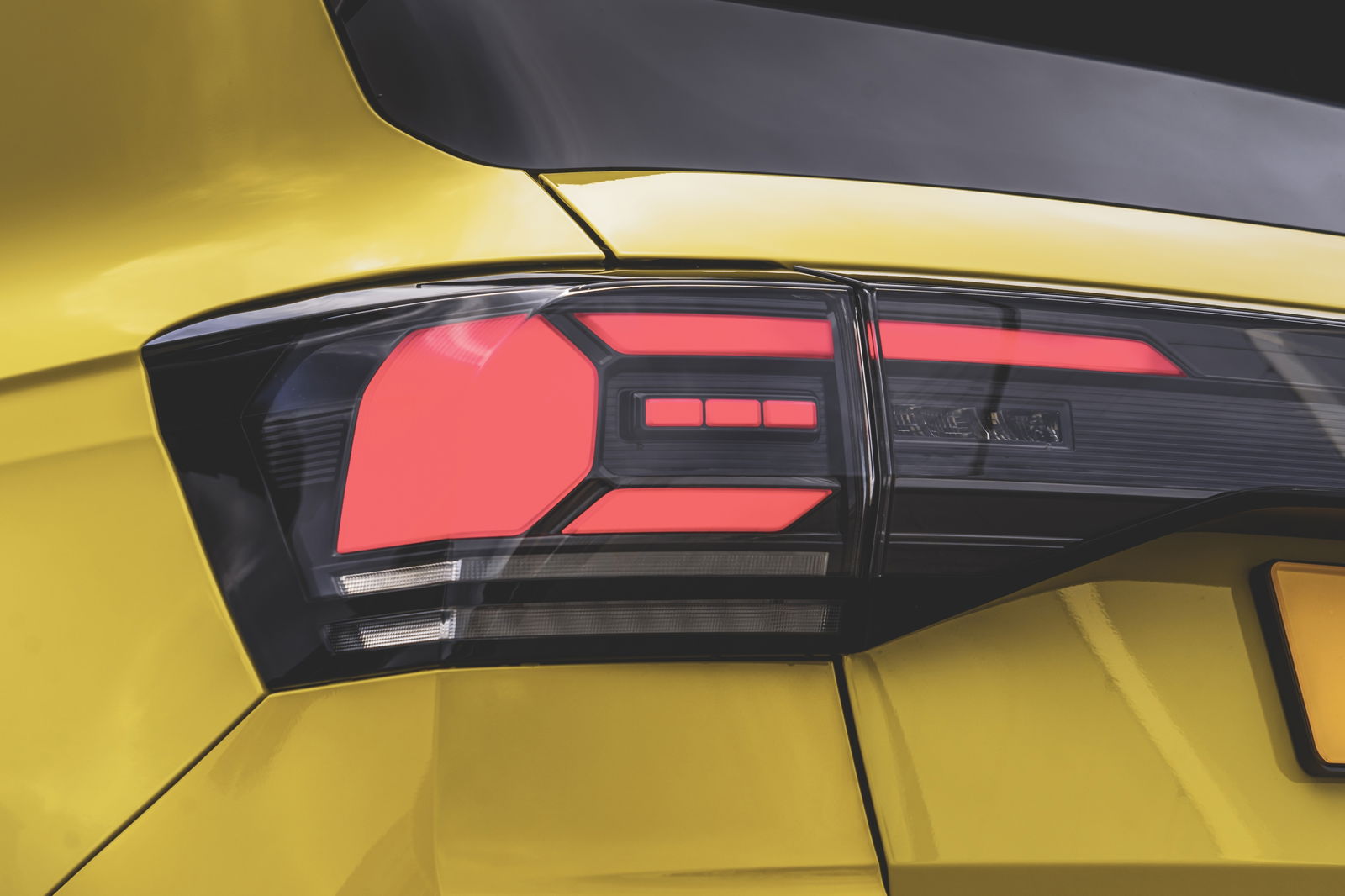
It is in fact the exact same powertrain that was in both the Passat and Tiguan we’ve reviewed (minus the mild hybrid assistance), but where it felt a little sluggish in those reasonably big, heavy cars, it’s quite a lot of power to throw at the little 1326kg T-Cross.
As a result, it’s a surprisingly energetic little thing that’s up for a bit of fun. This is a deeply endearing characteristic in small cars, and it can transfer over from superminis to slightly tippy-toed crossovers. The DSG shifts cogs seamlessly and without fuss. You can, if you’re so inclined, slap the gear selector across into sport mode, which holds off on shifts a little, or take control yourself via some dinky plastic paddles.
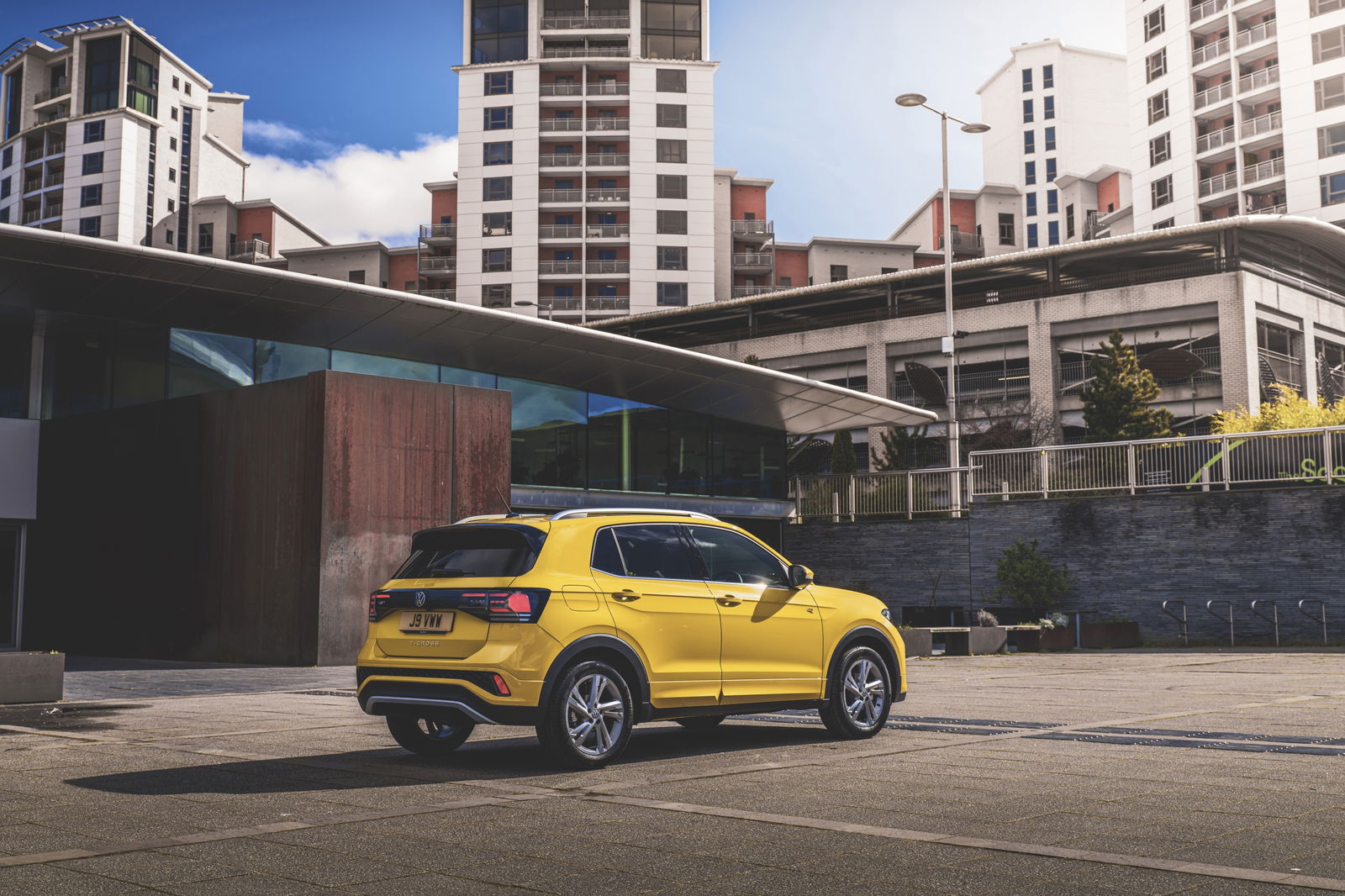
It’s good fun to hustle around in the way that a lot of small cars are – it’s light and agile, but lollops about in the corners and never jars. While it’s not the giggle-inducement machine that certain small French and Italian cars are, it can provide some good clean fun now and then.
If you’re going to drive the T-Cross like a normal person, then you won’t be disappointed. Small Volkswagens always pull a neat trick of being much more refined than other cars of a similar size, and the T-Cross is no different. You’d have very few complaints about doing a long journey in it, especially as this Style version gets standard-fit adaptive cruise control.
It’s roomy inside for a car of its size, and it happily bimbles along, soaking up poor roads nicely. At 455 litres, boot space is amongst the best in its class, and its reasonably upright stance means both front and rear headroom are decent.

A lot of cars in this class are very design-led, and next to them the T-Cross can look a little staid – and no amount of bright, quirkily-named colours can change that (maybe that’s what the Taigo’s for – it has to exist for some reason, right?). It also lacks the hybrid variant that plenty of rivals offer, but real-world, you’re unlikely to notice that much of a hit in fuel economy.
No, the T-Cross does the job expected of it: be a small crossover, and do it with VW levels of quality and refinement. Ultimately, it’s hard to see why you’d want one instead of a Polo, but I’m clearly in the minority – VW has shifted about 1.2 million T-Crosses since 2019, and there’s very little to suggest it won’t do the same again over the next few years.
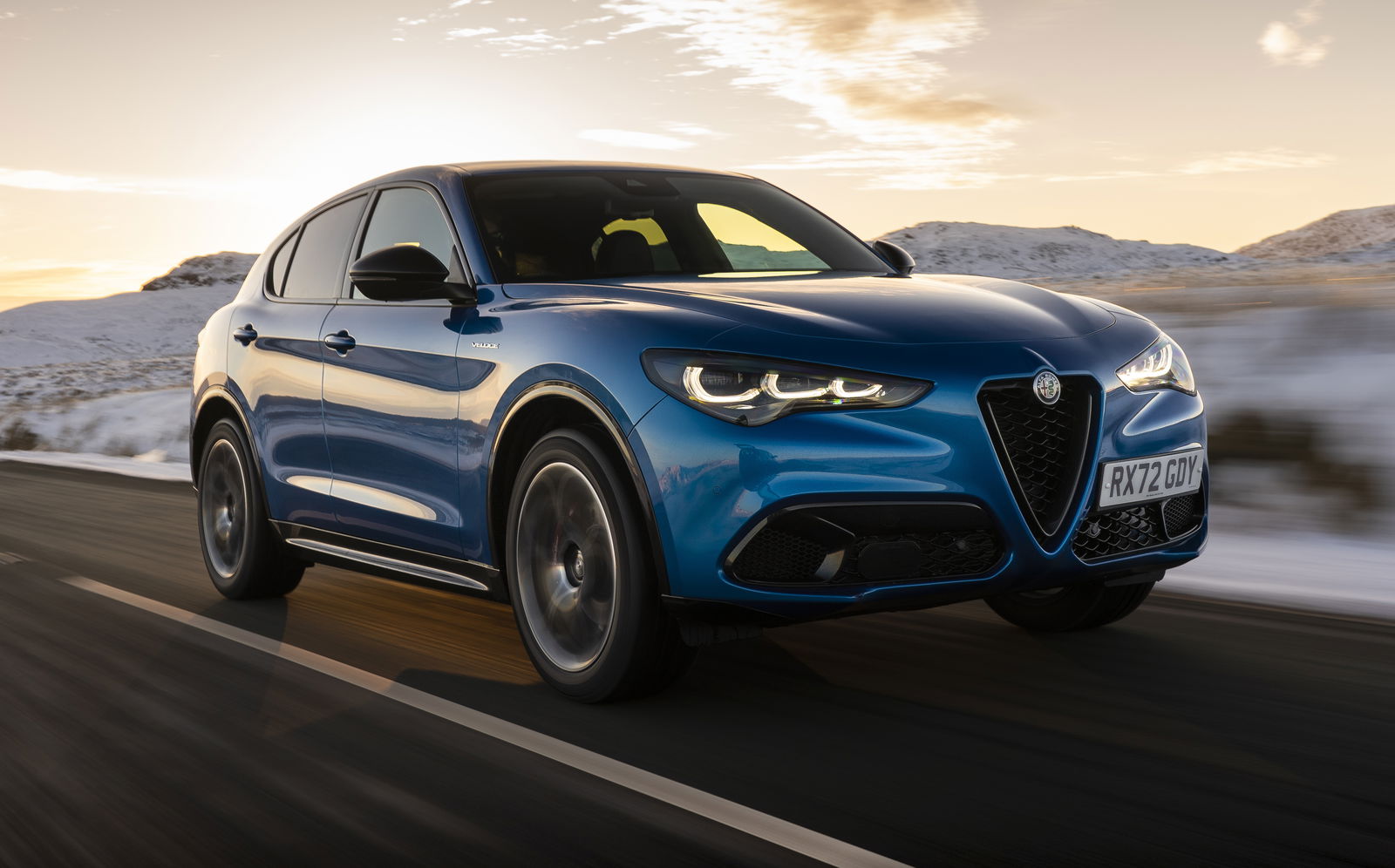
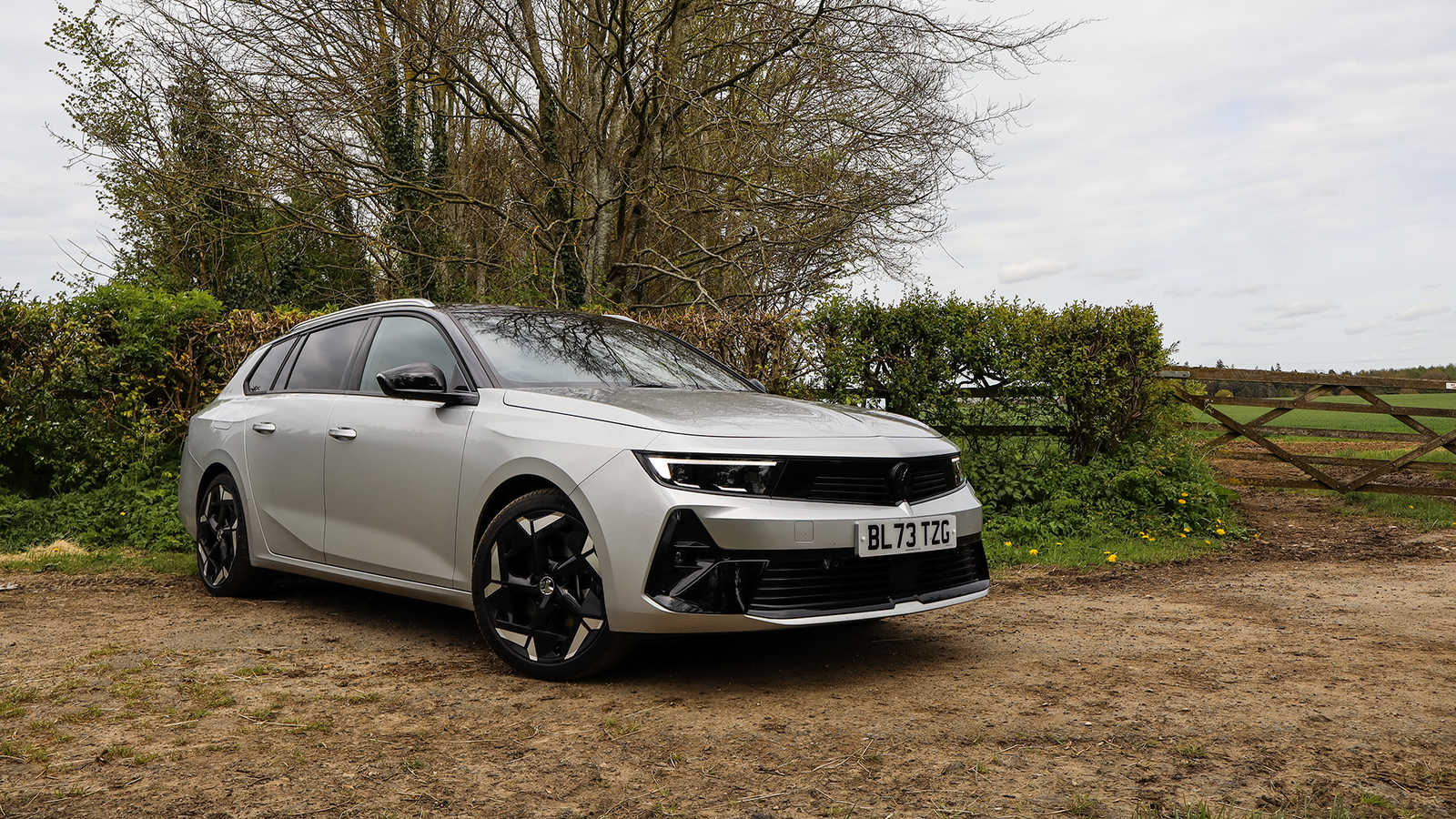

Comments